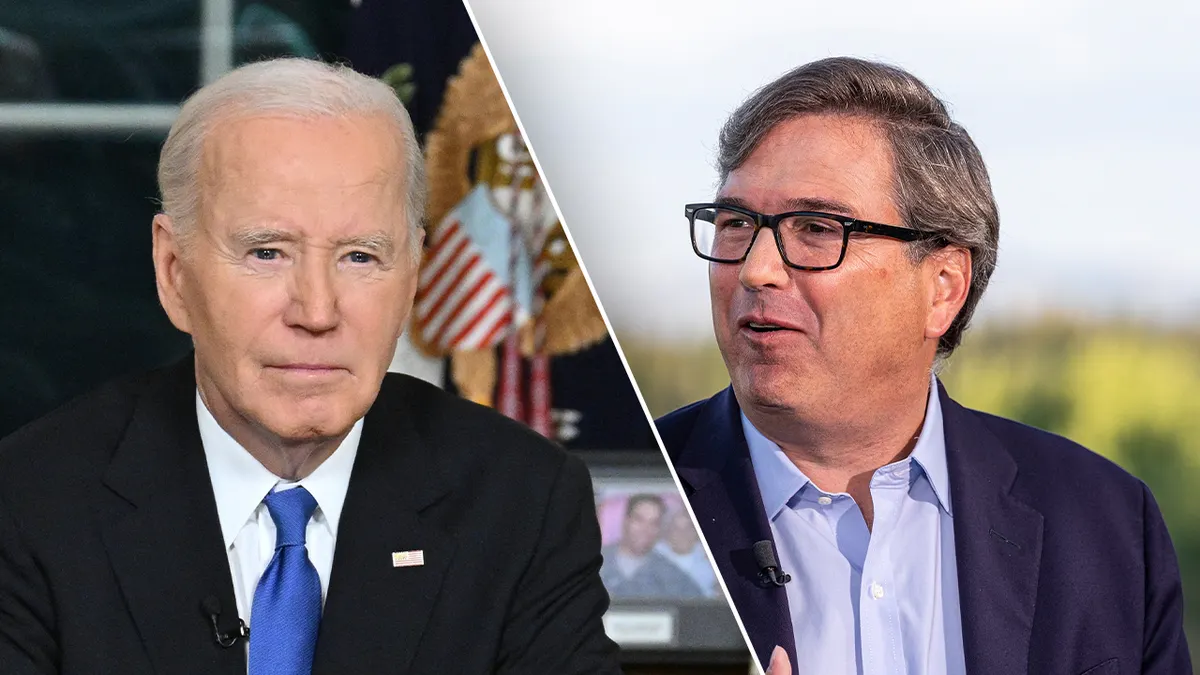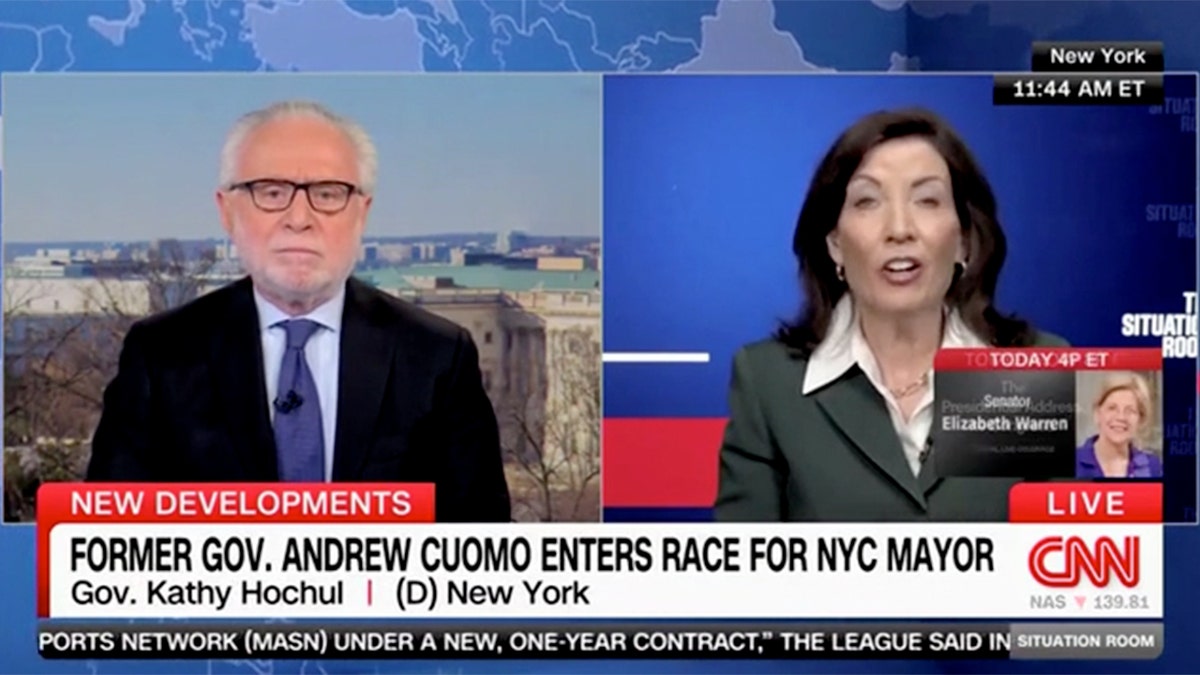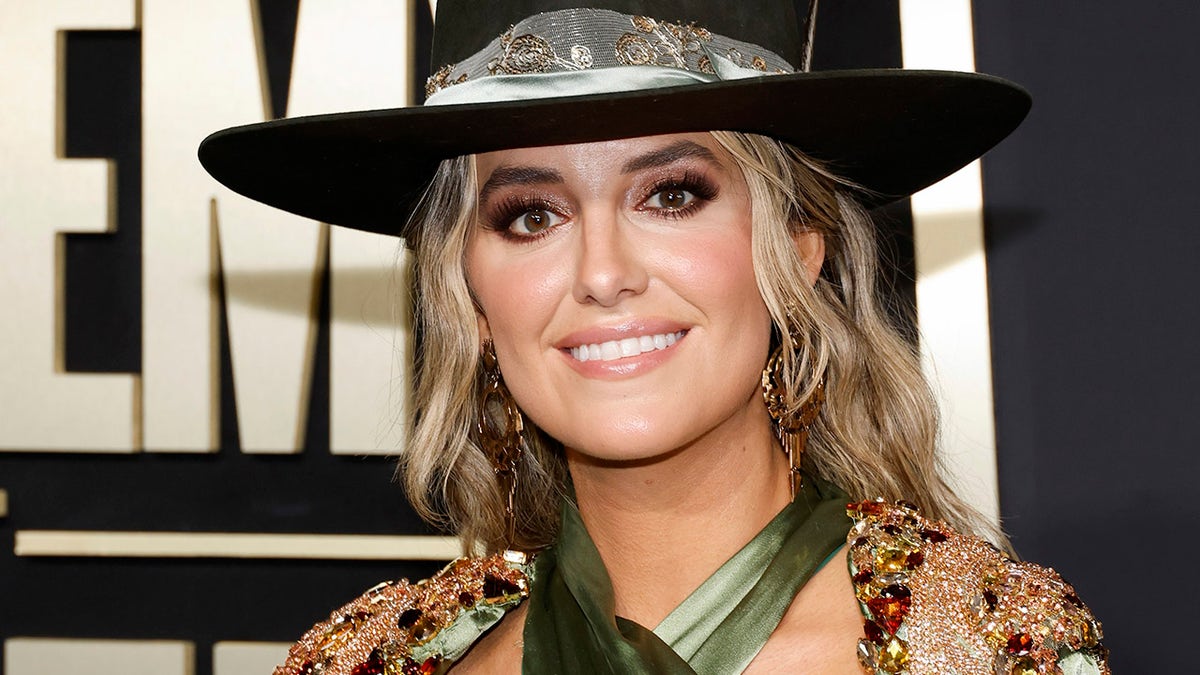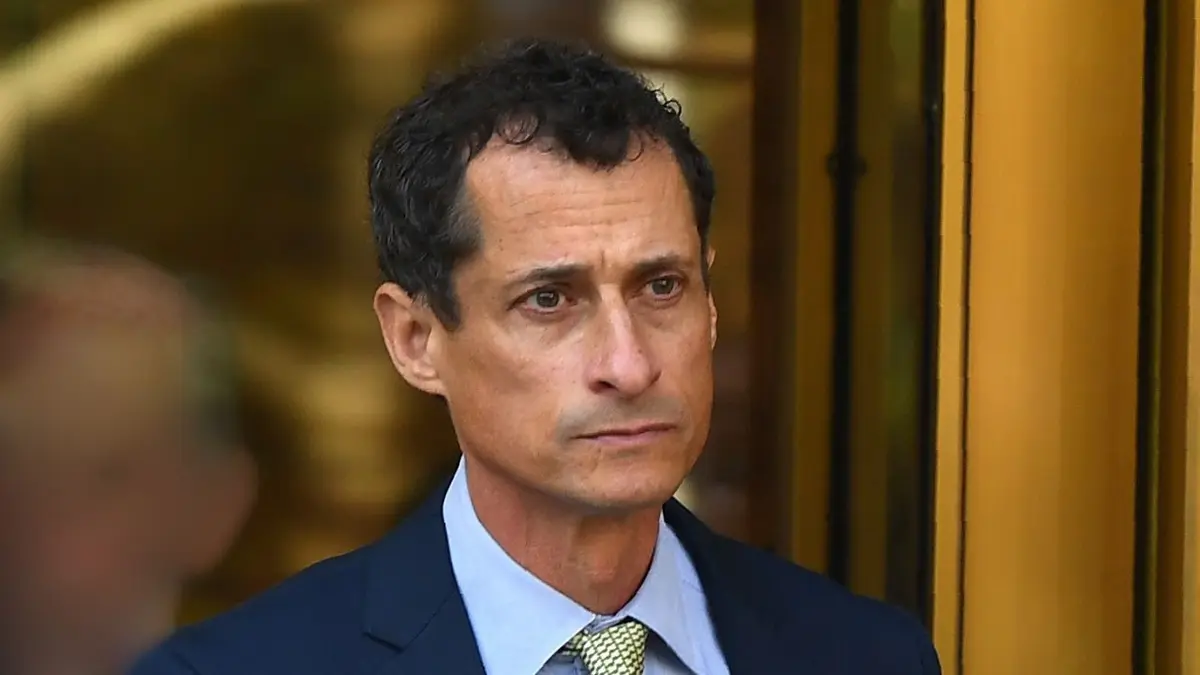Following a period of relative quiet after widespread protests sparked by the death of Mahsa Amini, Iran's morality police have returned to the streets. Their mission: to enforce the mandatory wearing of the Islamic headscarf, or hijab. This move signals a renewed effort by the authorities to reassert control and suppress dissent after months of unrest that shook the nation.
The protests, initially triggered by Amini's death in police custody, quickly escalated into a broader expression of discontent with the Iranian regime's repressive policies. Over 500 protesters lost their lives, and nearly 20,000 were detained in the ensuing crackdown. Despite the authorities' attempts to quell the demonstrations, the underlying tensions remain.
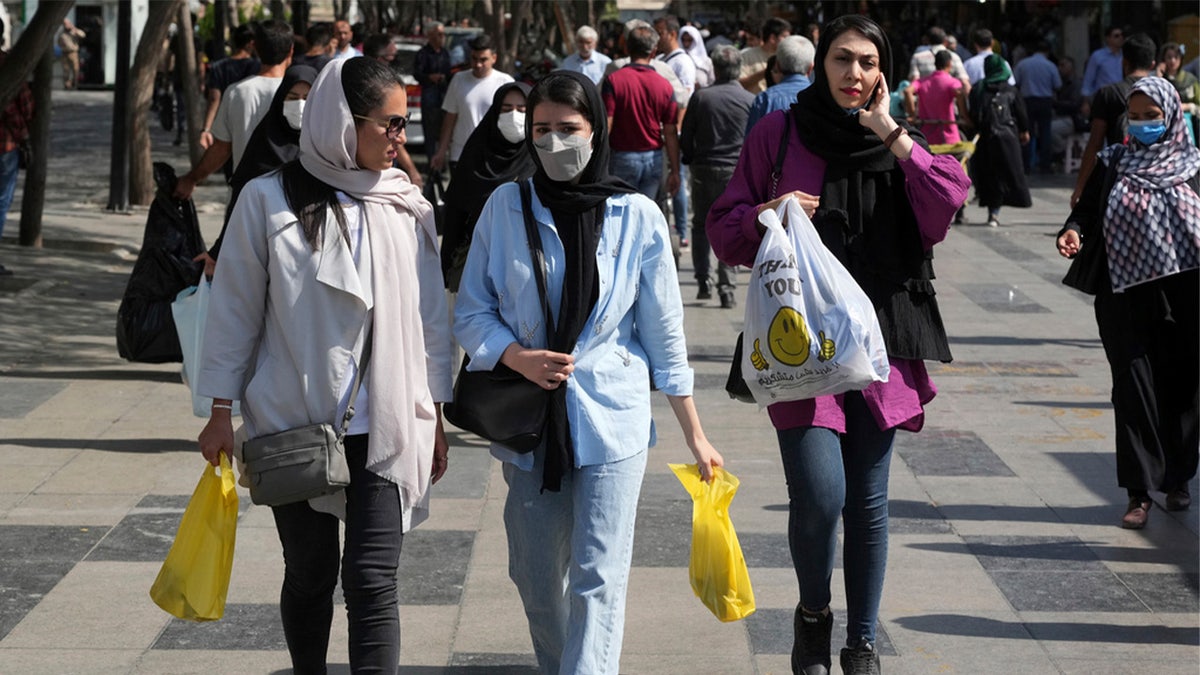
FILE: Women shop in the old main bazaar of Tehran, Iran, Saturday, Oct. 1, 2022. Iranian police have announced a new campaign to force women to wear the Islamic headscarf. (AP Photo/Vahid Salemi)
While the morality police had been less visible on the streets during the height of the protests, the government maintained that its stance on the hijab remained unchanged. The headscarf is considered a cornerstone of the Islamic Revolution and a symbol of the regime's authority. The re-emergence of these patrols indicates a renewed commitment to enforcing this policy.
The police announced that they would initially issue warnings to women not wearing the hijab, followed by detentions if non-compliance continues. Marked vans carrying morality police officers have already been observed patrolling Tehran, signaling a visible return to stricter enforcement.
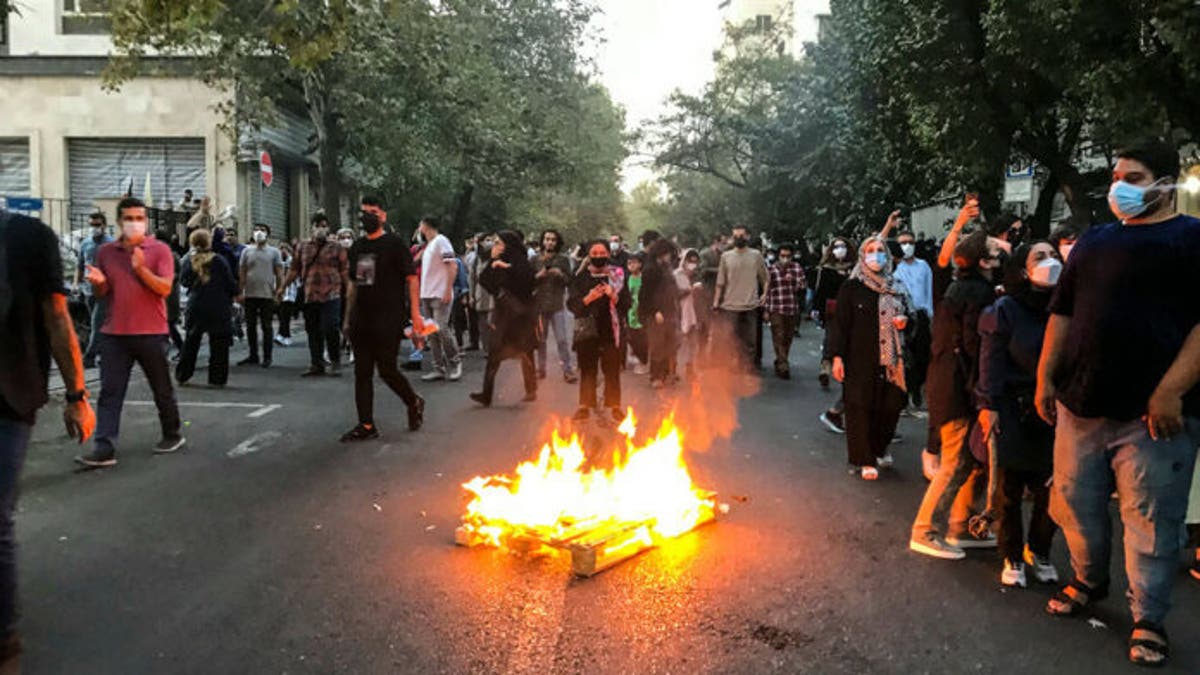
A fire burns on the streets of Iran as protesters continue to chant (Credit: NCRI)
The hijab has become a central point of contention between the Iranian people and the ruling clerics. Last fall, women took a leading role in the protests, challenging not only the mandatory headscarf but also what they perceive as widespread corruption and repression within the government. The regime, in turn, has attributed the unrest to foreign influence without offering concrete evidence.
The protests also drew support from various segments of Iranian society, including prominent figures in the film industry. Several actresses were detained for publicly appearing without the hijab or voicing their support for the demonstrations, highlighting the risks associated with challenging the government's authority.

